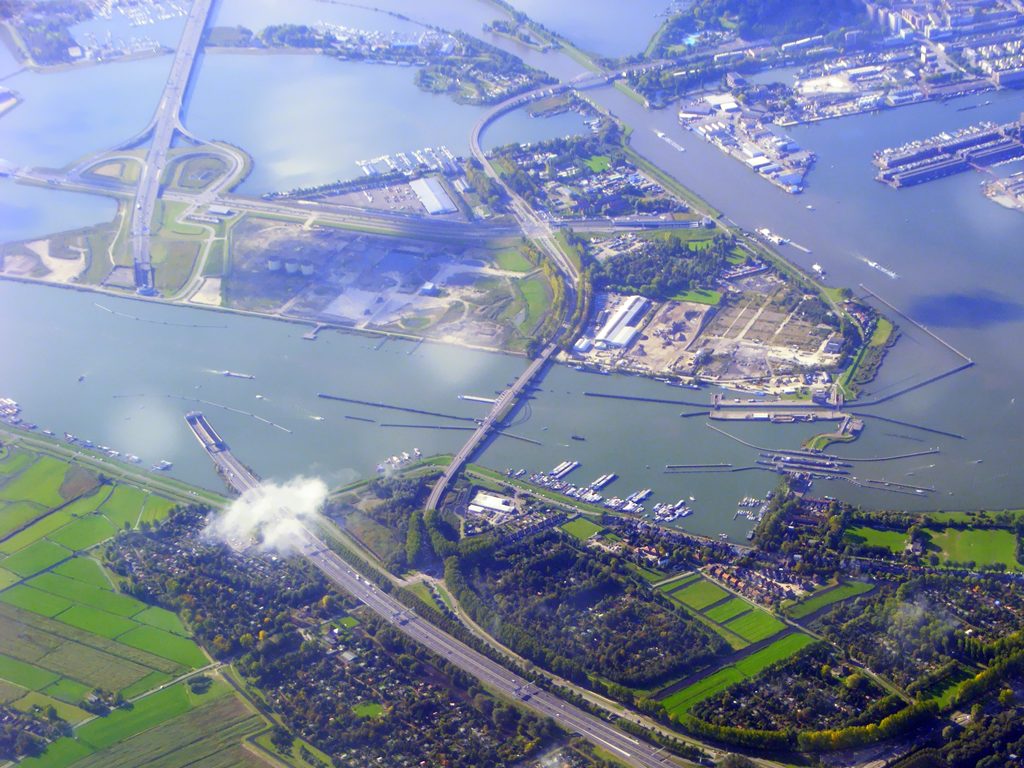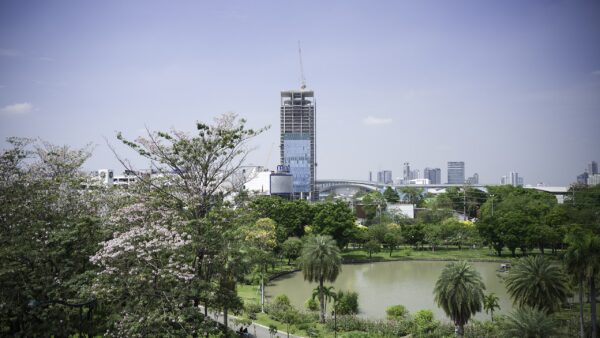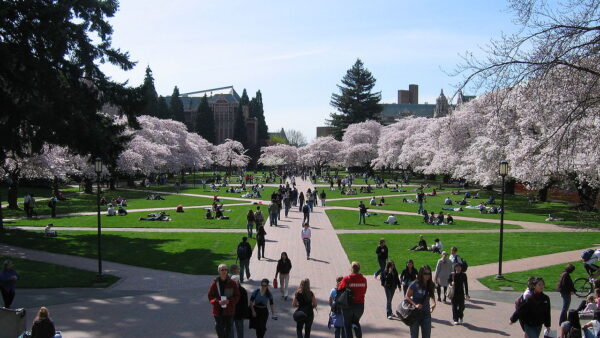
Amsterdam is changing its planning rules to allow more housing in existing neighbourhoods, newspaper De Telegraaf reports.
In the recent past, the city has tried to tackle its lack of affordable homes by building new neighbourhoods on former industrial estates such as Port City, IJburg, and Zeeburgereiland (pictured).
That’s meant to result in 70,000 homes in the coming years, but the ambition is to reach 90,000 by 2035.
The Netherlands as a whole is reckoned to need 390,000 extra homes to meet demand. In desirable locations like Amsterdam, this has resulted in prices of €600,000 for a 60-sq-m house.
Amsterdam’s deputy mayor Reinier van Dantzig said the densification would house the city’s “economically homeless” and improve the environment in districts around new commercial centres in the northern, northwestern and southeastern suburbs.
He referenced districts such as Buikslotermeerplein, Osdorplein, Arenapoort and the Zuidas, which are outside the A10 ring road.
As well as the extra housing, these areas will receive investment to promote accessibility, shopping and cultural facilities.
He said: “With this plan we opt for a new way of urban development. We invest through housing in neighbourhoods that really need it. This way we can build homes and invest in facilities. By densifying we preserve space for activity and greenery in the city.”
The plan will now be put out for public consultation, and will be discussed by the city council.
Further reading:










